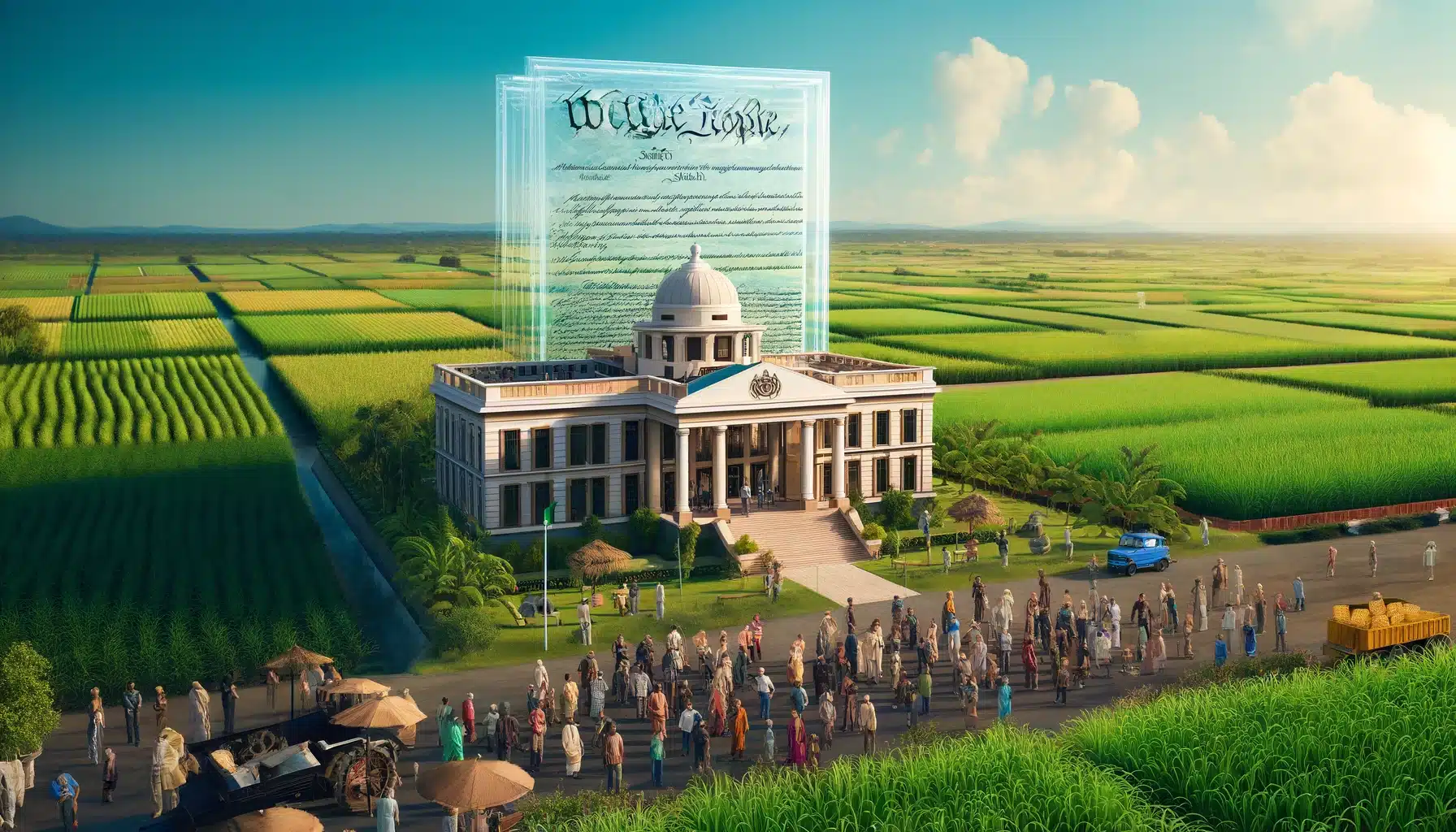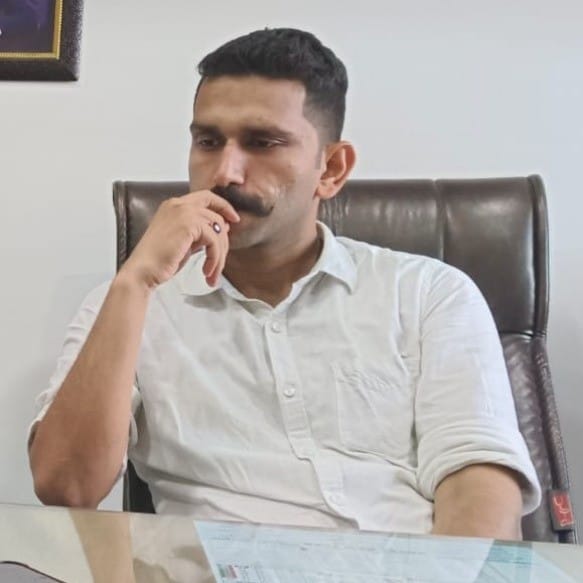In this case Supreme Court of India interpreted the meaning of ‘state’ under Article 12 and its applicability to a cooperative society that falls under preview of U.P Ganna Kisan Sansthan

“Composition and constitution of the ‘Sansthan’ and its Governing Council was just a show of the government and only a cover of the society was given.”
Citation: (2009) 5 SCC 577
Date of Judgment: 6th March, 2009
Court: Supreme Court of India
Bench: S. B. Sinha (J), Cyriac Joseph (J)
Facts
- The Uttar Pradesh Ganna Kishan Sansthan (“the Sansthan”) was established by a government order dated 04/08/1975.
- Before the Sansthan, its functions i.e., imparting of knowledge and training to the cane- growers was performed by the Cane Development Department.
- Management of training centers was also transferred to the Sansthan. The expense of the Sansthan was met from UP Sahkari Ganna Samiti Sangh and Sakkar Vishesh Nidhi.
- Radhe Shyam Rai was appointed as Computer officer/ Data processing officer. His appointment was cancelled by an order dated 17/05/1997. He filed a writ petition before the Lucknow bench of the Allahabad High Court.
Decision of Division bench of the High Court
Court held that Sansthan was not a ‘State’ within the meaning of Article 12 of the Constitution of the India.
Decision of Full bench of the High Court
Court held that the Sansthan being an authority would come within the purview of definition of ‘State’ within the meaning of Article 12 of the Constitution of the India.
Decision of the Apex Court
Court agreed with opinion of full bench of the high court and held that the composition and constitution of Sansthan and its Governing Council was nothing but a show of the government and only a cover of the society was given. State exercises a deep and pervasive control over the affairs of the Sansthan.
Key legal issues discussed
1. Whether the ‘Sansthan’, a society registered under the Societies Registration Act is a ‘State’ within the meaning of Article 12 of the Constitution of India?
Yes
Court referred to Pradeep Kumar Biswas v. Indian Institute of Chemical Biology[1], which laid down the test for the purpose of determining the nature of activities which would make the body come within the definition of ‘State’. It includes:
- Formation of the body
- Objects and functions
- Management and control
- Financial aid, etc.
In Sukhdev Singh v. Bhagatram Sardar Singh Raghuvanshi[2], Justice Mathew provided four indicia to identify whether a body is a state within the meaning of Article 12 of the Constitution of the India, which are:
- State financial support plus an unusual degree of control over the management and policies.
- Its operation is an important public function.
- If function is an important public function than presence or absence of state financial aid might be irrelevant to make it a state action.
- Whether such a corporation is an agency or instrumentality of the government for carrying on a business for the benefit of the public?
It was observed that duties and functions performed by the body is more significant than the composition of the body.[3] Important is whether the body in question exercise public function?
In the present case, state established the ‘Sansthan’ so as to take over its own functions. It transferred the entire management relating to imparting of training in various institutes which is a state function in its favour. All the assets and infrastructural facilities were transferred in favour of the Sansthan.
Budget of Rs 6 lakhs was sanctioned in the year 1975- 76, 50% of which was made by the government. A sum of Rs 2 lakhs was released immediately from the Contingent fund of the state. 80- 90 % of the Sansthan’s expenditure was met out of the government funds.
Sansthan had 8 members of the Governing Council, all of whom were public servants. Moreover, it was not free to appoint anybody who is not a government servant. Rule 41 of the Rules of Sansthan provides that the Governor shall have power to issue any directions to the Sansthan.
So, Sansthan was under the direct control of the state and hence is a ‘State’ within the meaning of Article 12 of the Constitution of the India.
[1] (2002) 5 SCC 111.
[2] (1975) 1 SCC 421.
[3] Minority view in Zee Telefilms Ltd. and Another v. Union of India and Others [(2005) 4 SCC 649].



